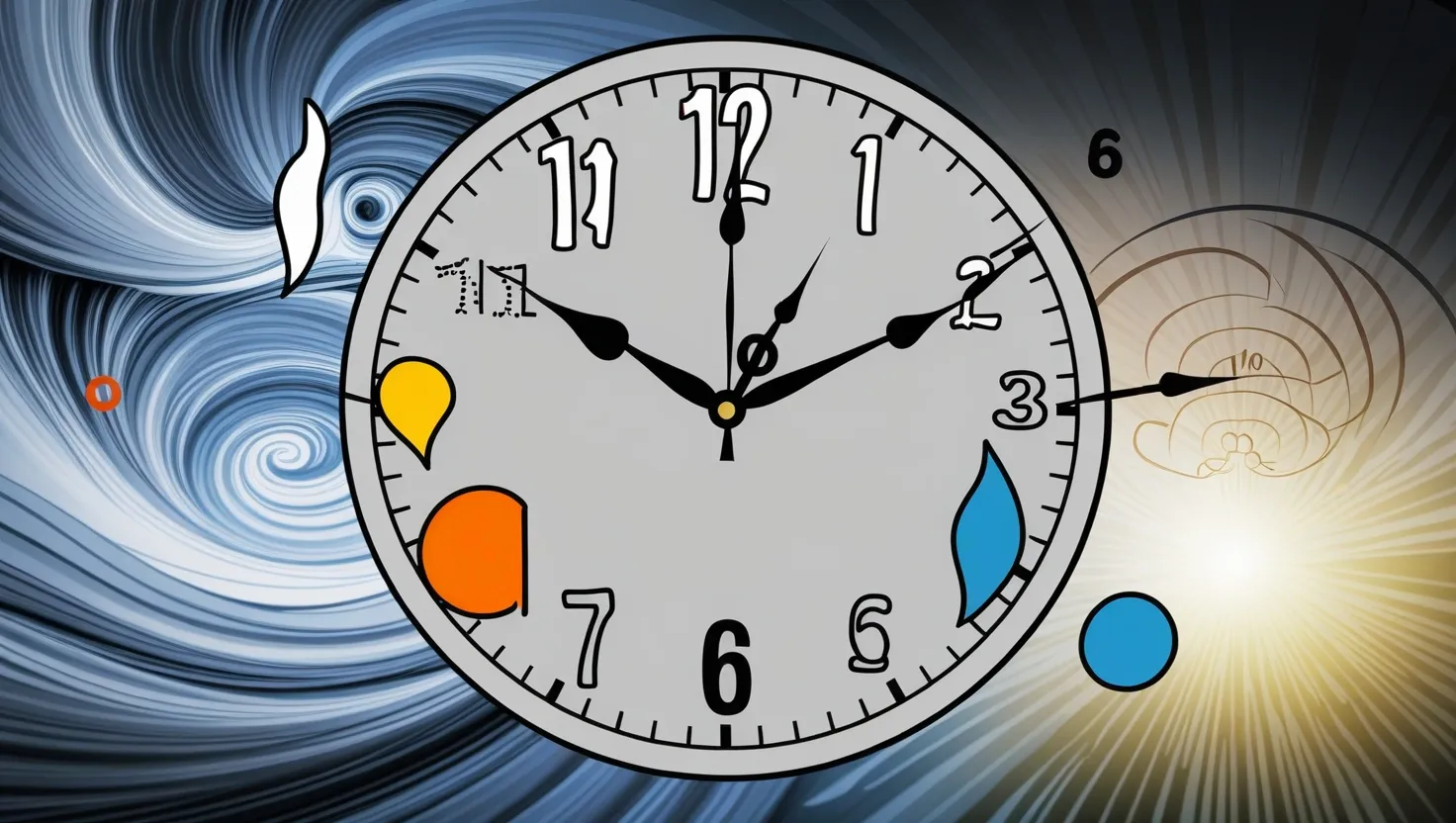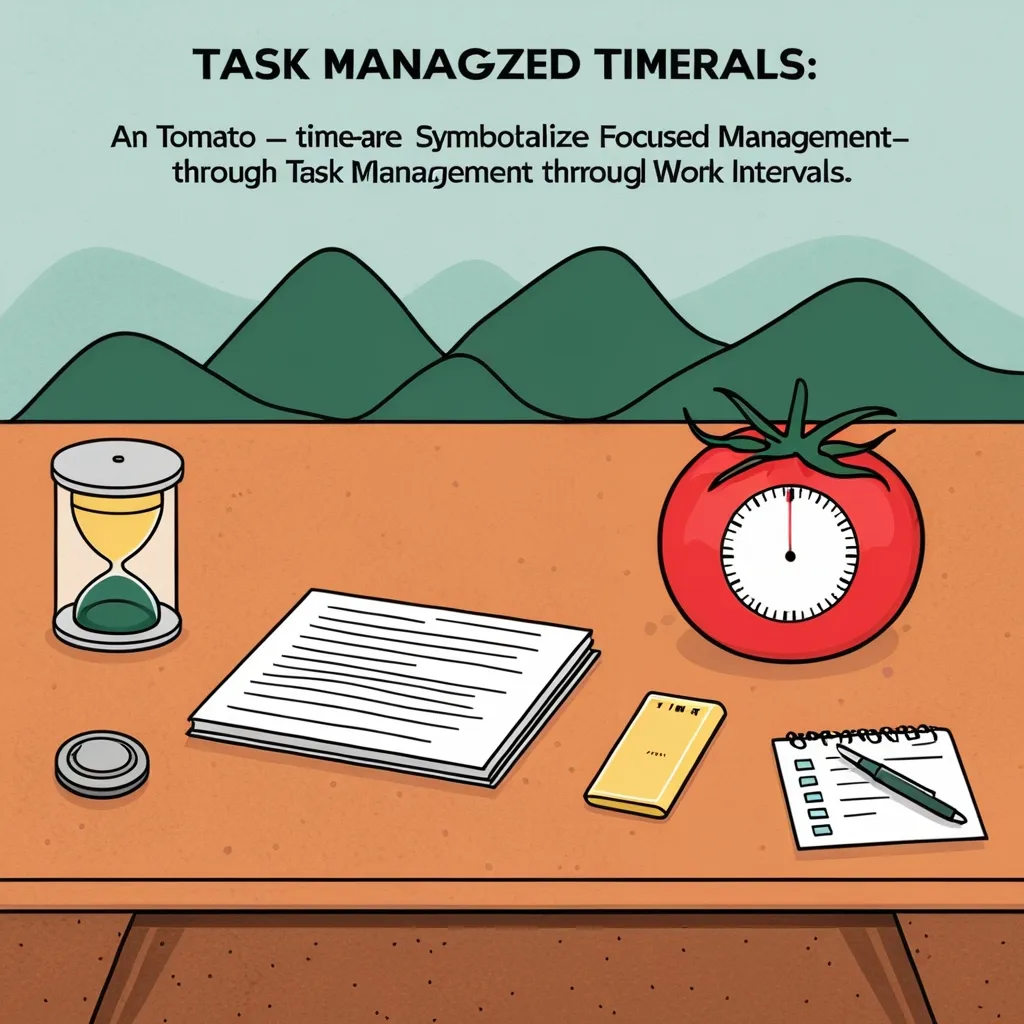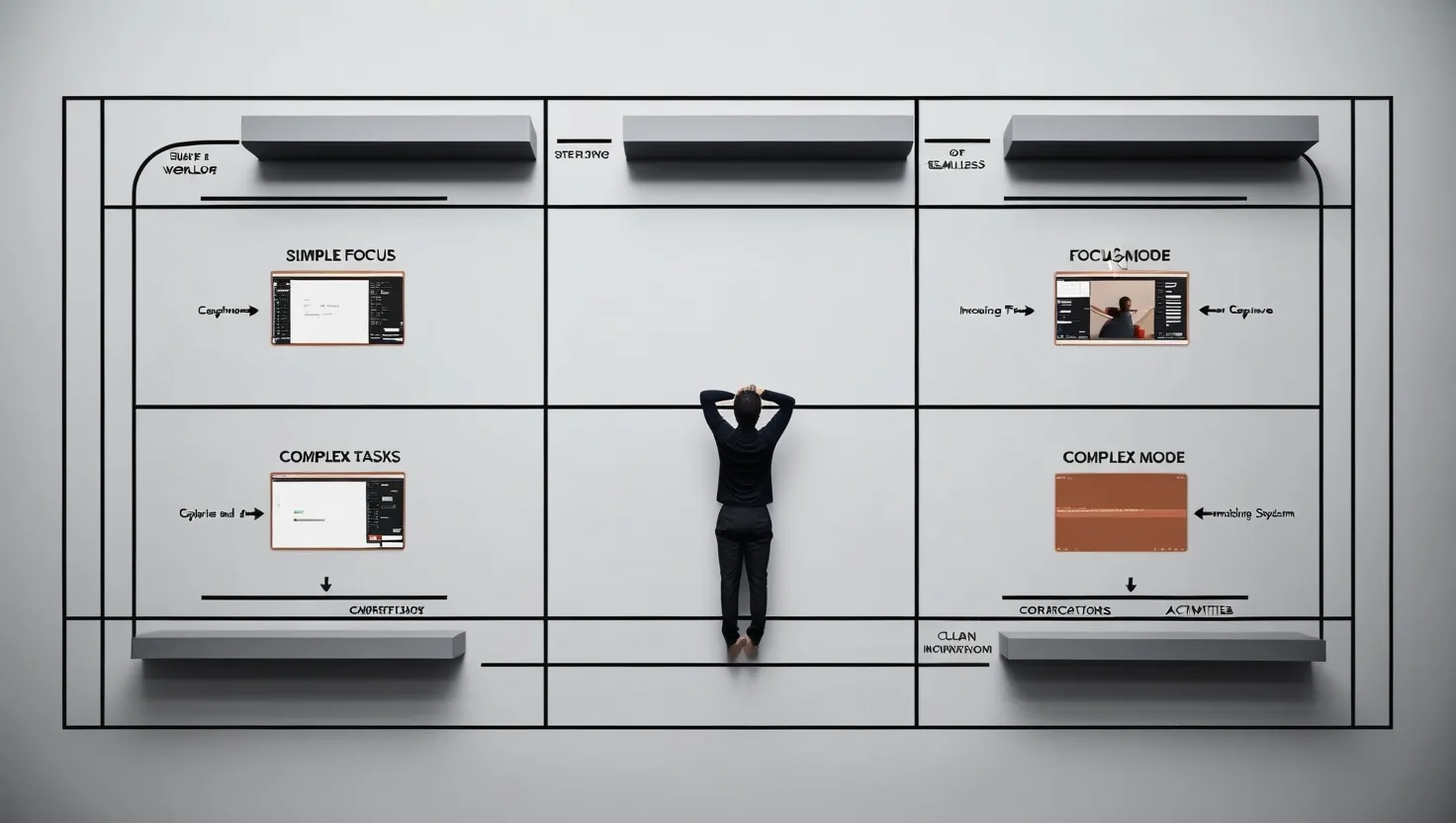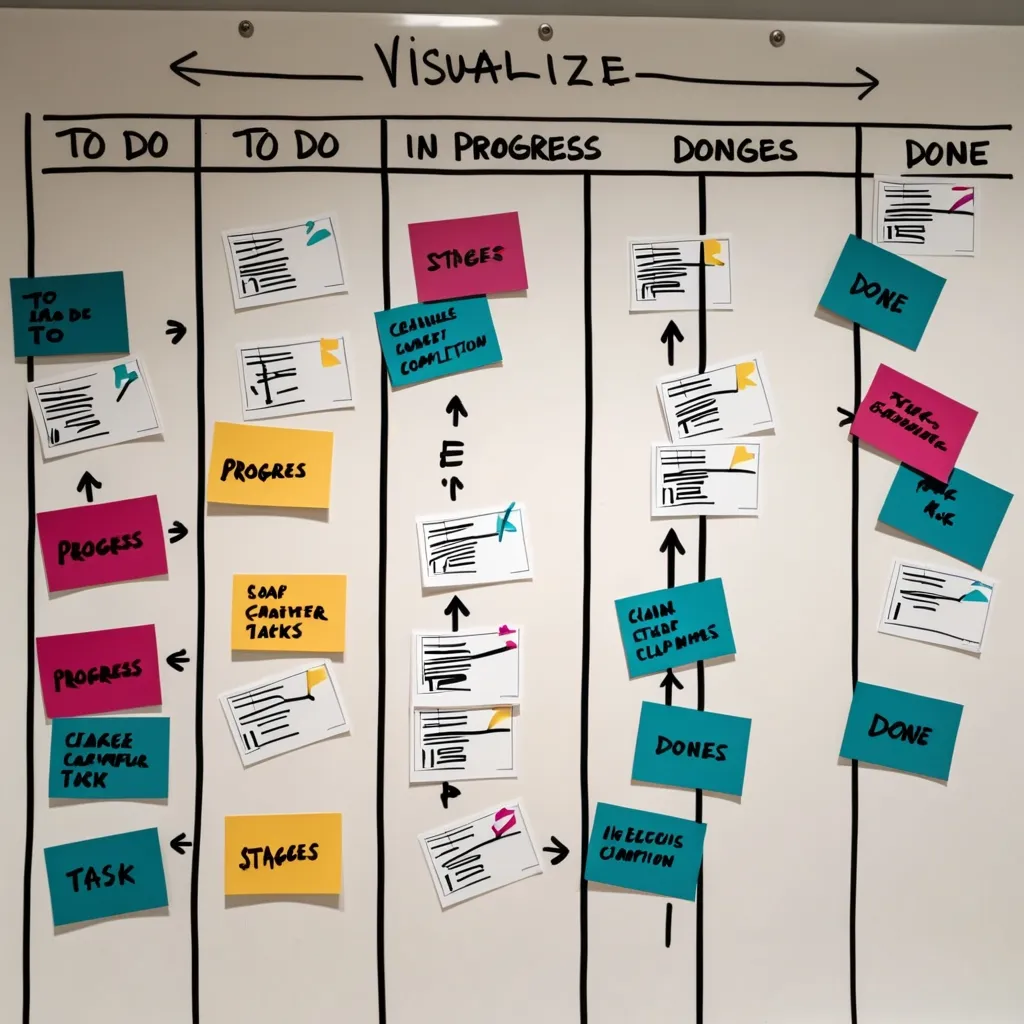Imagine a world where your decisions are perfectly in sync with your personal rhythm, a world where you make choices that align with how you experience time. This concept, often referred to as “chronomorphic decision-making,” is about understanding and leveraging your unique time perception to enhance your decision-making process.
Understanding Your Time Personality
Each of us has a distinct way of experiencing time. Some people feel like time flies by, while others perceive it as crawling at a snail’s pace. This subjective experience of time is closely tied to our circadian rhythms and individual chronotypes. For instance, if you’re a morning person, you might find that your cognitive abilities and alertness peak early in the day, making it an ideal time for critical decision-making. On the other hand, if you’re more of an evening person, your best decisions might come later in the day when you feel more energized and focused.
Aligning Decisions with Your Internal Clock
To make the most of this approach, you need to identify your optimal decision-making times. For example, if you’re someone who feels like time is racing by, you might be better at making long-term plans during these periods. The sense of urgency that comes with feeling like time is flying can motivate you to think ahead and set clear goals. Conversely, when time feels slow, you might be more inclined to delve into detailed analysis and meticulous planning.
The Science Behind Chronotypes
Research has shown that our chronotypes significantly influence our decision-making processes. Early-type individuals tend to be more alert and cognitively sharp in the morning, while late-type individuals perform better in the evening. This variation affects not just the timing of decisions but also the quality and efficacy of those decisions. For instance, studies have indicated that early-type individuals may exhibit less impulsivity and more risk aversion in the morning, whereas late-type individuals might be more impulsive and risk-seeking later in the day.
Cognitive Reflection and Decision-Making
Your ability to reflect on decisions also plays a crucial role in chronomorphic decision-making. A simple test known as the Cognitive Reflection Test (CRT) measures your tendency to reflect on a question rather than giving an immediate response. People with higher CRT scores tend to make more thoughtful and less impulsive decisions. If you’re someone who scores high on this test, you might find that your best decisions come when you have the time and mental space to reflect deeply on the options.
The Role of Response Time
The time it takes to make a decision can also provide insights into your decision-making process. Research suggests that shorter response times are often associated with more instinctive and less thoughtful decisions. On the other hand, longer response times indicate a more deliberate and cognitive approach. By understanding whether you tend to make quick or slow decisions, you can adjust your approach to align with your natural tendencies. For instance, if you’re prone to quick decisions, it might be beneficial to take a step back and allow yourself more time to reflect before making a critical choice.
Biases and Misperceptions
Implicit and explicit biases can significantly impact your decisions, and these biases can vary depending on your time perception and chronotype. For example, if you’re in a rush because time feels like it’s flying by, you might be more susceptible to biases that lead to hasty decisions. Recognizing these biases and taking steps to mitigate them can help you make more balanced and informed choices.
Choice Architecture and Motivations
The way options are presented to you, known as choice architecture, can also influence your decisions. By understanding how your time perception affects your response to different choice architectures, you can set up your environment to support better decision-making. For instance, if you know you make better decisions in the morning, you might want to structure your day so that important choices are made during this time.
Habits and Mental Bandwidth
Habits and mental bandwidth are other critical factors in chronomorphic decision-making. When you’re under mental strain or dealing with habits that are not reflective, your decisions can suffer. By managing your habits and ensuring you have the mental bandwidth to make thoughtful decisions, you can align your choices more closely with your optimal decision-making times.
Practical Applications
So, how can you apply this concept in your daily life? Here are a few practical tips:
- Identify Your Peak Times: Pay attention to when you feel most alert and focused. Use these times for critical decision-making.
- Reflect on Your Decisions: Take the time to reflect on your choices, especially if you tend to make quick decisions.
- Manage Biases: Be aware of your biases and take steps to mitigate them, especially when you’re in a hurry.
- Optimize Your Environment: Set up your day so that important decisions are made during your peak times.
- Monitor Your Habits: Ensure that your habits are supportive of your decision-making process and manage your mental bandwidth effectively.
Real-Life Examples
Let’s consider a few real-life scenarios to illustrate how chronomorphic decision-making can work:
- Career Planning: If you’re planning a career change, doing it during your peak decision-making time can help you make a more informed and thoughtful choice. For example, if you’re a morning person, you might want to dedicate your mornings to researching and planning your career move.
- Financial Decisions: When making financial decisions, such as investing or budgeting, aligning these tasks with your optimal decision-making times can lead to better outcomes. If you’re more analytical in the evenings, you might want to review your finances then.
- Health and Wellness: Even health-related decisions can benefit from this approach. If you know you’re more motivated in the mornings, you might want to schedule your workouts or meal planning for this time.
Conclusion
Chronomorphic decision-making is about harmonizing your choices with your unique time perception and internal clock. By understanding how you experience time and leveraging this knowledge, you can make more effective, thoughtful, and aligned decisions. This approach isn’t just about timing; it’s about creating a synergy between your decisions and your natural rhythm, leading to a more balanced and successful life.
In essence, this method turns decision-making into a personalized dance with your internal clock, ensuring that every choice you make is in harmony with how you perceive the passage of time. Whether you’re planning your career, managing your finances, or making health decisions, aligning your choices with your chronomorphic profile can lead to more optimal outcomes and a smarter way of living.






